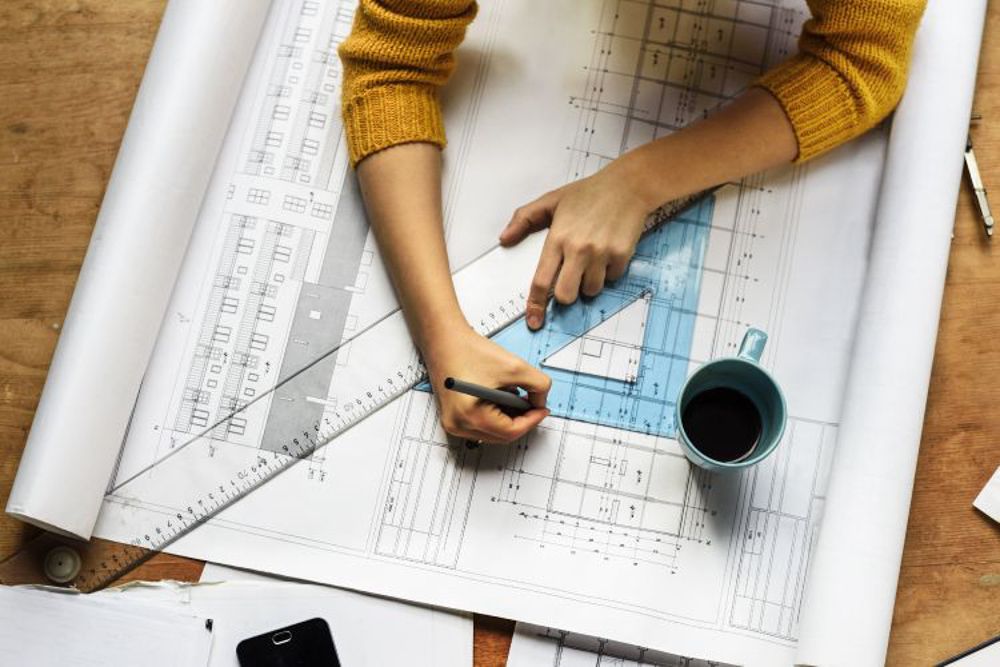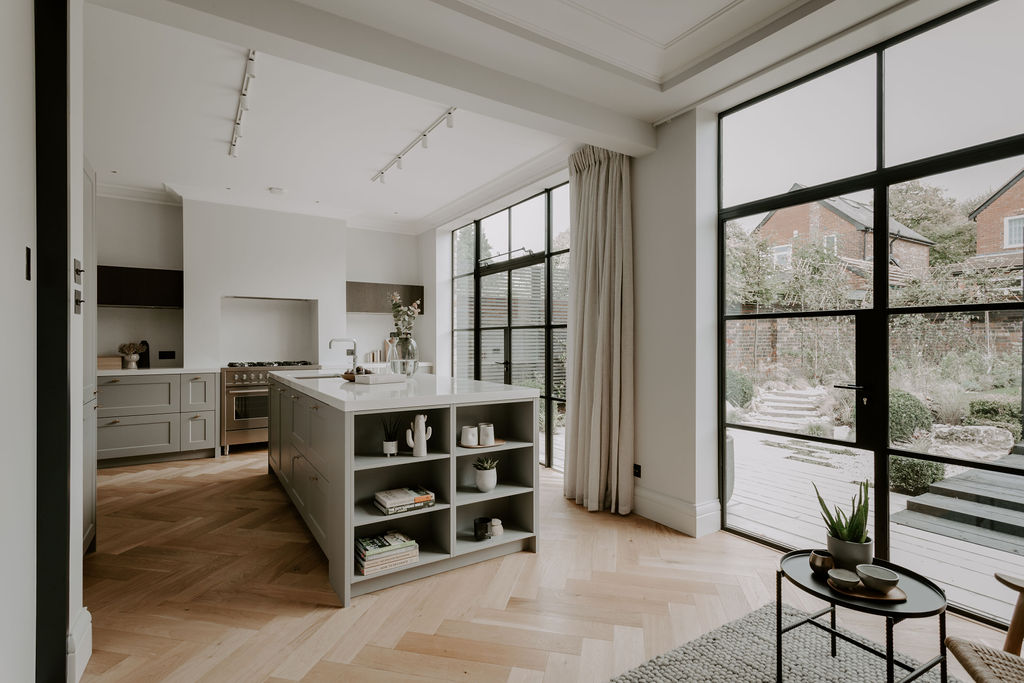Stylish Rustic Home Design for Rural Retreats
Stylish Rustic Home Design for Rural Retreats
Blog Article
Maximizing Visual Charm: The Synergy Between Interior Design and Home Architect Strategies
Comprehending the subtle interplay between interior layout and home design can dramatically elevate the aesthetic charm of a living room. This marriage of layout techniques includes a thoughtful integration of building elements with indoor designs, and a skilled application of principles such as rhythm, equilibrium, and contrast. As we discover this synergy, we will uncover means to produce aesthetically striking and functional settings that not only reflect individual style, however also adapt to the vibrant demands of modern living.
Comprehending the Basics: Specifying Interior Design and Home Style
Indoor style and home design, usually linked, stand for the visual and architectural aspects of our living spaces. Interior layout is a complex self-control that includes developing practical, risk-free, and cosmetically pleasing areas inside a structure. On the other hand, home style primarily concentrates on the strong structure of a building.
The Harmony Clarified: Just How Interior Decoration and Home Architecture Intersect
Recognizing the synergy in between indoor style and home architecture can unlock a world of creative thinking and capability. When reviewing this intersection, the impact of design on interiors is a crucial facet to think about. This conversation will certainly concentrate on the unifying layout concepts that blend these 2 fields right into an unified whole
Unifying Design Principles
While it may appear that interior style and home architecture are two unique techniques, they are actually deeply interconnected, forming a harmony that is necessary for creating harmonious living spaces. Unifying layout principles are the columns that promote this synergy. In essence, these principles serve as the bridge, uniting interior style and architectural methods.
Building Influence on Insides
The intertwining of indoor design and design becomes much more noticeable when one takes into consideration the architectural impact on insides. Building elements are intrinsic to a space's capability and aesthetic appeals, shaping the design from the beginning. Columns, staircases, beams or arcs, for example, offer both ornamental and structural functions. They can divide rooms, create prime focus or imbue an area with a certain vibe. Consideration of light, appearance, and proportion additionally come from building influences. Eventually, design mold and mildews the canvas upon which indoor developers work. Their synergy is thus undeniable: design establishes the framework, which interior style improves with appearance, design, and shade. This cooperative connection guarantees an unified balance in between feature and elegance, optimizing the aesthetic charm of any area.
Secret Principles in Integrating Interior Design and Home Design
Striking an equilibrium between performance and appearance is a basic aspect of balancing indoor layout and home style. A similarly essential principle is the assimilation of sustainable layout to create environment-friendly and energy-efficient homes. Last but not least, understanding and exploring various building designs can likewise play an important function in achieving an unified layout.

Balancing Functionality and Aesthetic Appeal
Balancing capability and visual appeals in interior design and home style emerges as one of the extremely important concepts to take into consideration. Visual appeal uplifts the mood and influences the perception of area, whereas capability makes certain use and comfort. Similarly vital is the reliable plan of the space, with a tactical design contributing substantially to the harmony between capability and looks.
Lasting Style Integration
In maintaining the balance in between performance and appearances, one have to also think about the integration of lasting layout concepts. This technique not just boosts the visual appeal of an area but additionally guarantees its durability and lowered environmental influence. A harmonious fusion of indoor design and home style, led by sustainability, can develop areas that are attractive, functional, and environmentally friendly.
Discovering Building Styles
While there are a plethora of architectural styles to discover, it is necessary to understand that every one brings its distinct concepts that can significantly affect the harmonization of interior design and home style. These styles, ranging from the elaborate Baroque to the minimal Modernist, bring unique ideologies and visual appeals that, when correctly comprehended and made use of, can produce homes that are not only aesthetically spectacular yet likewise sympathetically integrated in regards to layout and style. Selecting a building style is not simply about personal visual preference; it has to do with selecting a design language that talks with the house owner's way of living, philosophy, and desires, creating a home that is a real representation of its homeowners.
Situation Researches: Extraordinary Instances of Design and Design Harmony
Delving right into some outstanding case studies supplies an extensive understanding of how style and design can sympathetically special info combine to produce useful and compelling rooms. Wright's design masterfully incorporates the house with its bordering landscape, while the indoor mirrors the exterior's organic forms. These examples highlight the relevance of synergy between indoor design and design in achieving aesthetic and functional success.
Practical Tips: Enhancing Your Home's Aesthetic Allure
Drawing motivation from the instance research studies of building and style synergy, home owners too can implement some sensible strategies to enhance top article their home's visual appeal. A harmonious blend of shades, textures, and lights can boost an area, creating a warm and welcoming ambience. Deciding for furniture that matches the building aspects of the house can promote a sense of unity. Wall surface art and decor items can include character, showing individual style and taste. Integrating plant, either via interior plants or views to the outdoors, can bring a component of nature, supplying a relaxing impact. Brilliant use mirrors can open a room, providing an impression of a larger area. Inevitably, the visual allure hinges on stabilizing performance with style, developing a home that is both comfortable and stunning.

Future Fads: Exactly How Modern Techniques Are Transforming Interior Design and Style
As the world develops, so do the trends in interior design and design. Modern methods are progressively focusing on sustainability, including energy-efficient designs and environmentally friendly products. These trends reflect a shift towards layouts that are not simply visually pleasing, but additionally eco mindful, technically advanced, and adaptable to transforming way of lives.
Conclusion
Finally, the integration of interior decoration and home design methods is a vibrant strategy to enhancing aesthetic appeal. By leveraging essential principles like rhythm, equilibrium, and contrast, and integrating elements of modern living, designers can create versatile, aesthetically pleasing settings. Via understanding this harmony, property owners can make enlightened choices that not only boost their home however likewise add to their total well-being.
Understanding the subtle interplay in between indoor design and home design can significantly elevate the aesthetic appeal of a living space.Indoor layout and home architecture, usually linked, stand for the structural and aesthetic elements of our living areas.While it may appear that interior style and home design are two distinctive self-controls, they are actually deeply interconnected, creating a synergy that is crucial for useful site creating harmonious living spaces.The intertwining of indoor style and style ends up being even a lot more evident when one takes into consideration the building impact on interiors. A harmonious combination of interior layout and home architecture, directed by sustainability, can produce spaces that are attractive, useful, and ecologically friendly.
Report this page